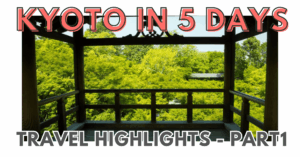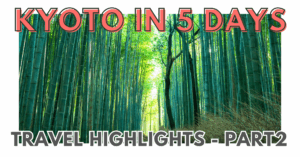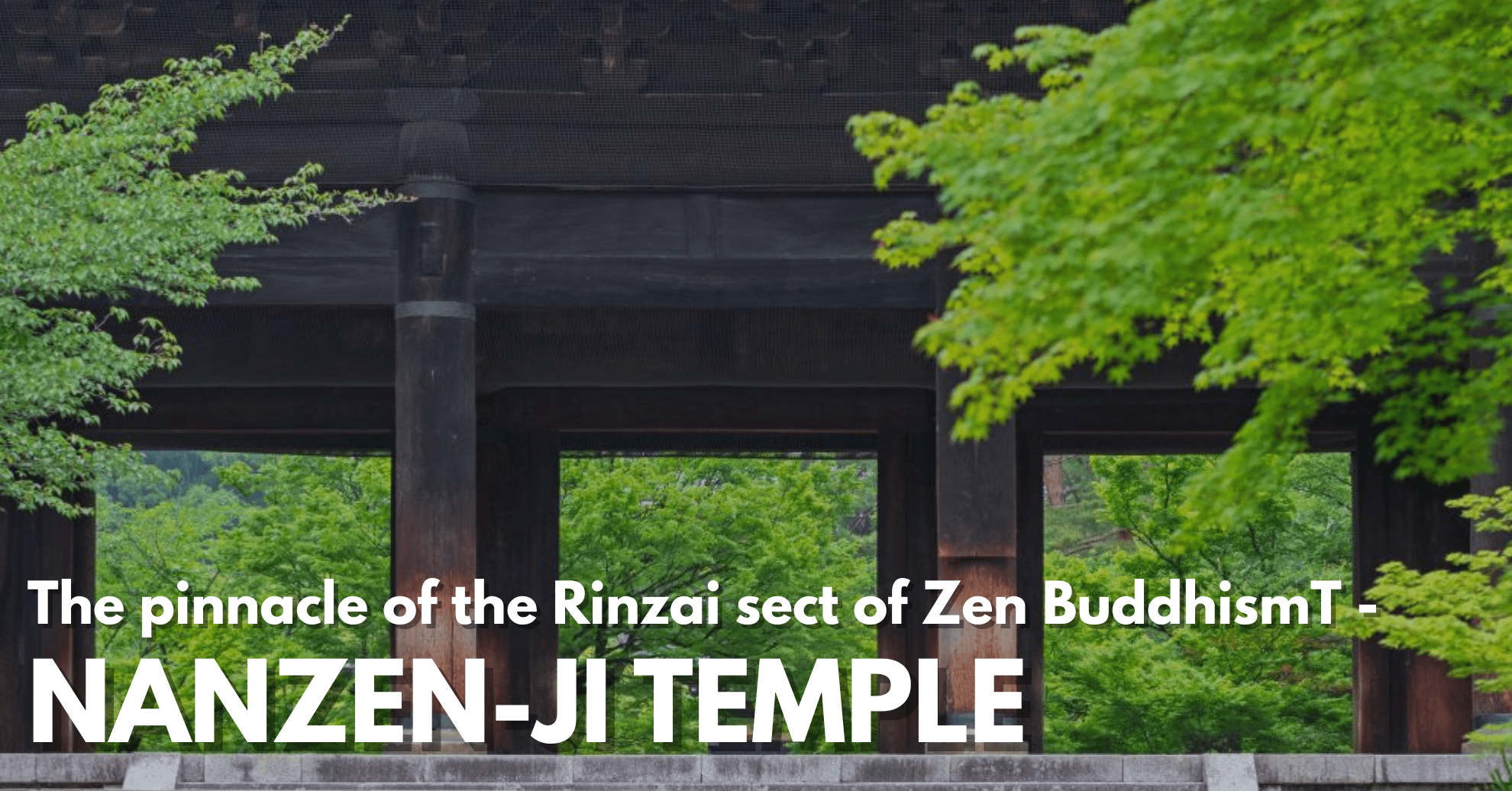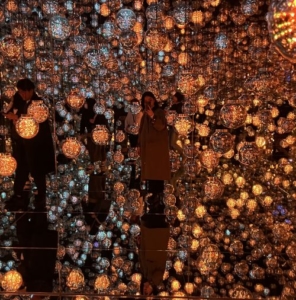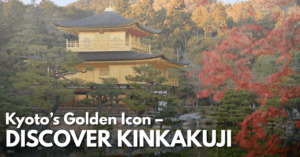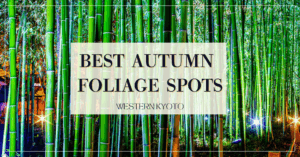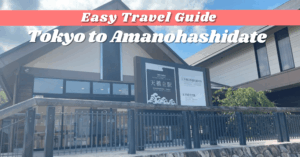Located in the eastern part of Kyoto, Nanzen-ji Temple is one of the city’s most iconic Zen temples.
Established in 1291, it holds the highest rank in the Kyoto Gozan (Five Great Zen Temples) and is considered the pinnacle of the Rinzai sect of Zen Buddhism.
Set against the backdrop of Kyoto’s lush nature, the temple grounds radiate a profound sense of serenity and spiritual grandeur—making Nanzen-ji a must-visit when exploring the ancient capital.
In this article, we’ll introduce the main highlights of Nanzen-ji, how to get there, and nearby attractions. We’ll also share details about special seasonal viewings of cherry blossoms and autumn leaves—perfect for lovers of Kyoto’s nature and history.
What is Nanzen-ji Temple?
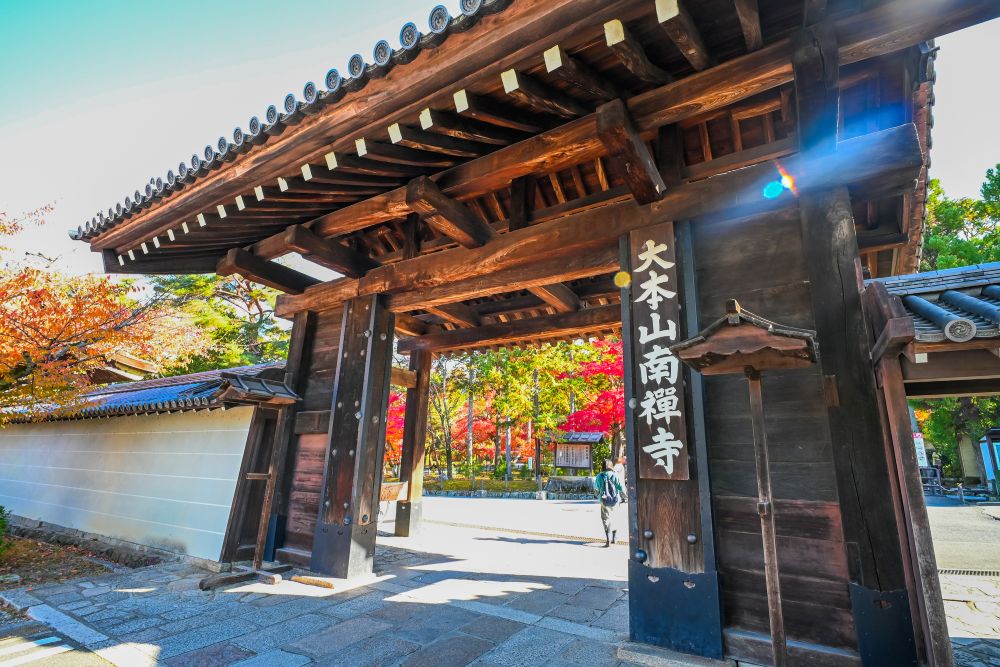
Nanzen-ji is the head temple of the Nanzen-ji branch of the Rinzai school of Zen Buddhism, and the most prestigious of all Zen temples in Japan.
Unlike Jodo or Jodo Shinshu Buddhism, which believe that chanting the name of Amida Buddha can bring salvation (a reliance on “Tariki” or “external power”), Zen Buddhism emphasizes “Jiriki”, or “self-power”—the belief that one can reach enlightenment through personal meditation and introspection.
Through zazen (seated meditation), practitioners seek to recognize their own dignity and cultivate gratitude toward the world around them.
To better understand these differences, consider visiting temples like Chion-in (Jodo sect) and Higashi/ Nishi Hongan-ji (Jodo Shinshu sect) alongside Nanzen-ji to compare their philosophies and atmospheres.
Highlights of Nanzen-ji Temple
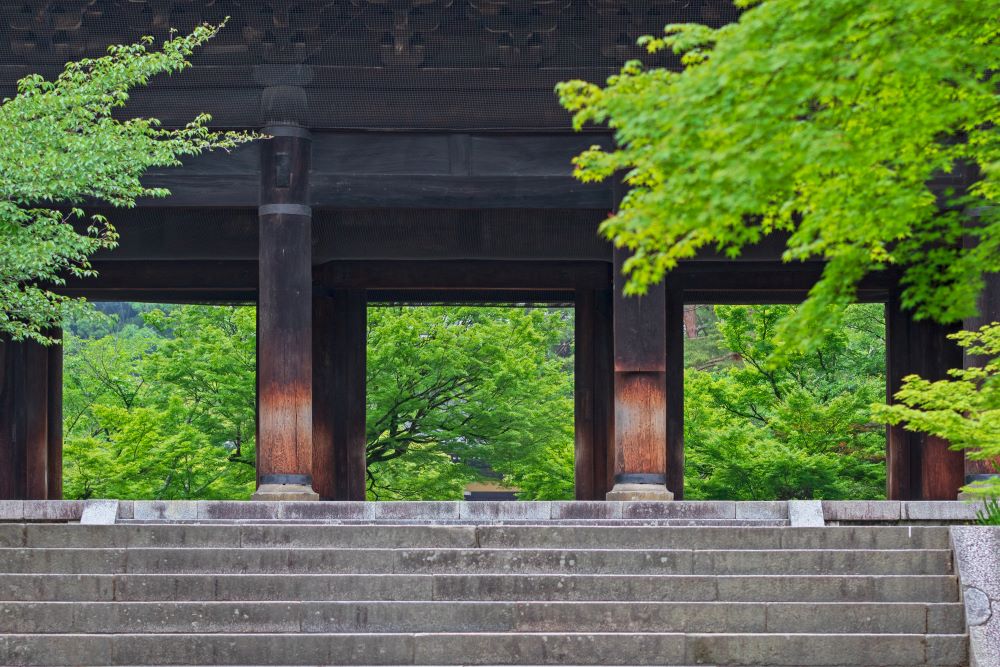
Nanzen-ji is home to several National Treasures and Important Cultural Properties, including the Sanmon Gate, Suirokaku Aqueduct, and Hojo (Main Hall).
Sanmon Gate: This majestic wooden gate represents the three spiritual gateways of Zen practice—emptiness, signlessness, and wishlessness—which must be transcended to reach enlightenment. The gate’s massive structure and bold Zen-style architecture leave a strong impression.

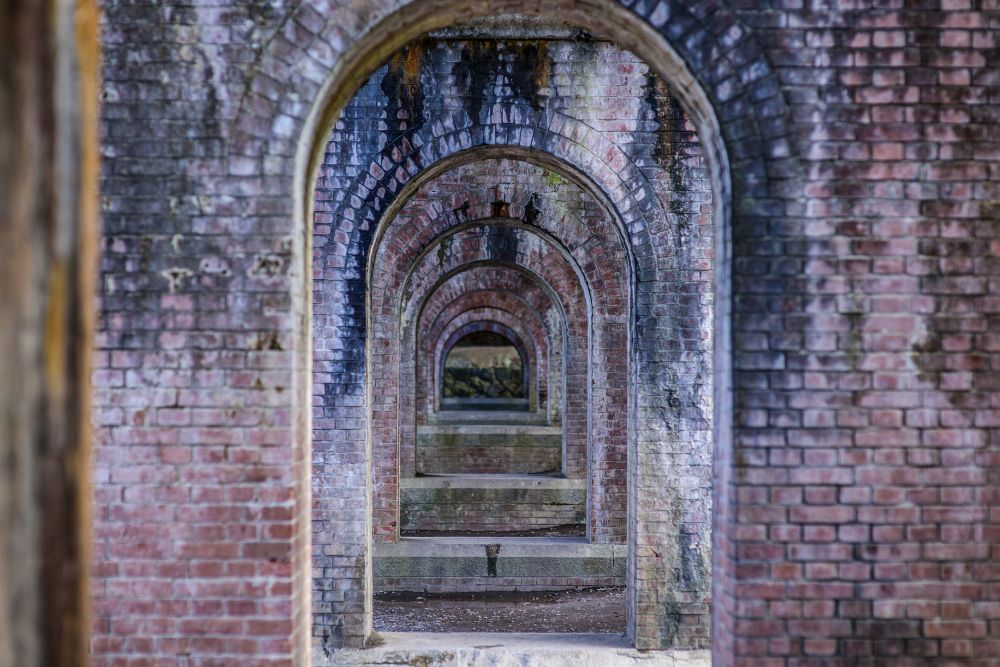
Suirokaku Aqueduct: A popular photo spot, this red-brick, Romanesque-style aqueduct stands out with its beautiful arches and Western aesthetic, offering a striking contrast to the traditional Zen buildings.
Hojo (Abbot’s Quarters): This section houses a famous karesansui (dry landscape) garden, known as the “Tiger Cubs Crossing the River”. Six stones placed in a white gravel field are said to resemble a mother tiger guiding her cubs across a stream. The garden’s harmonious blend of pine trees and maples offers a different atmosphere with each season.
Estimated visit time: 1–2 hours
Nanzen-ji Is a Top Spot for Cherry Blossoms and Autumn Foliage
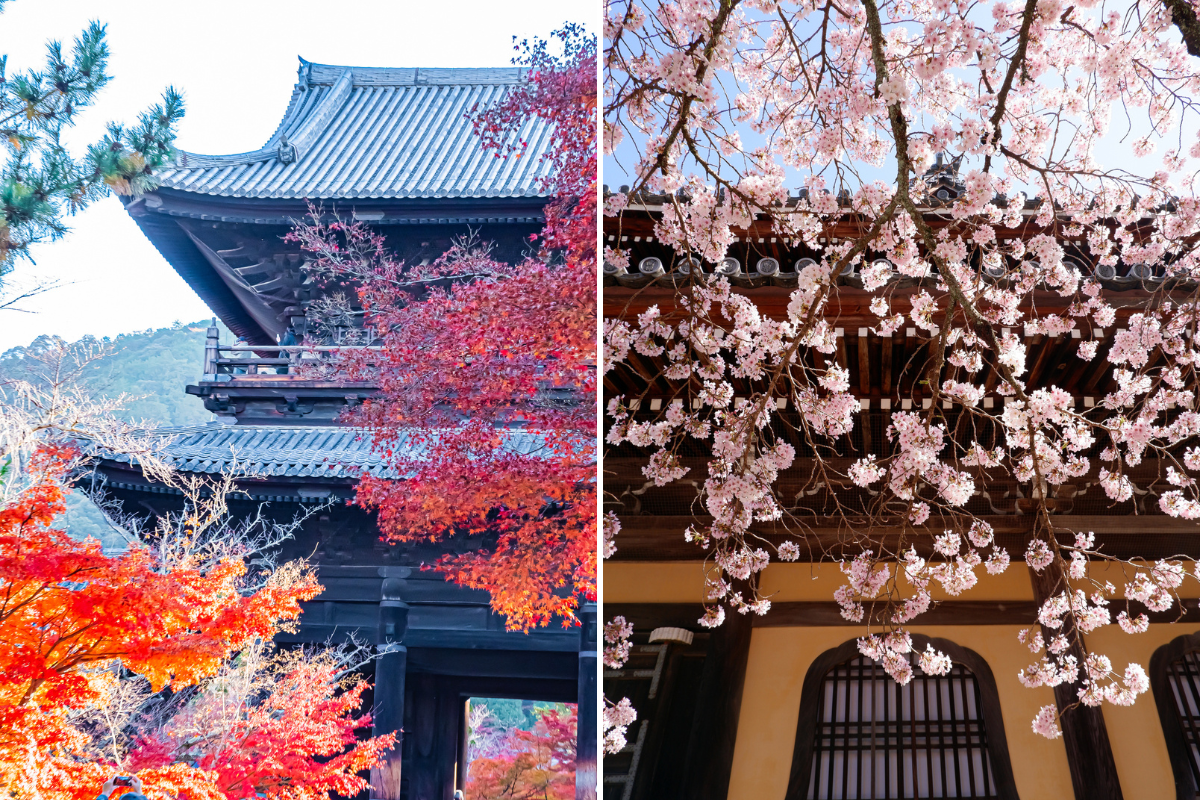
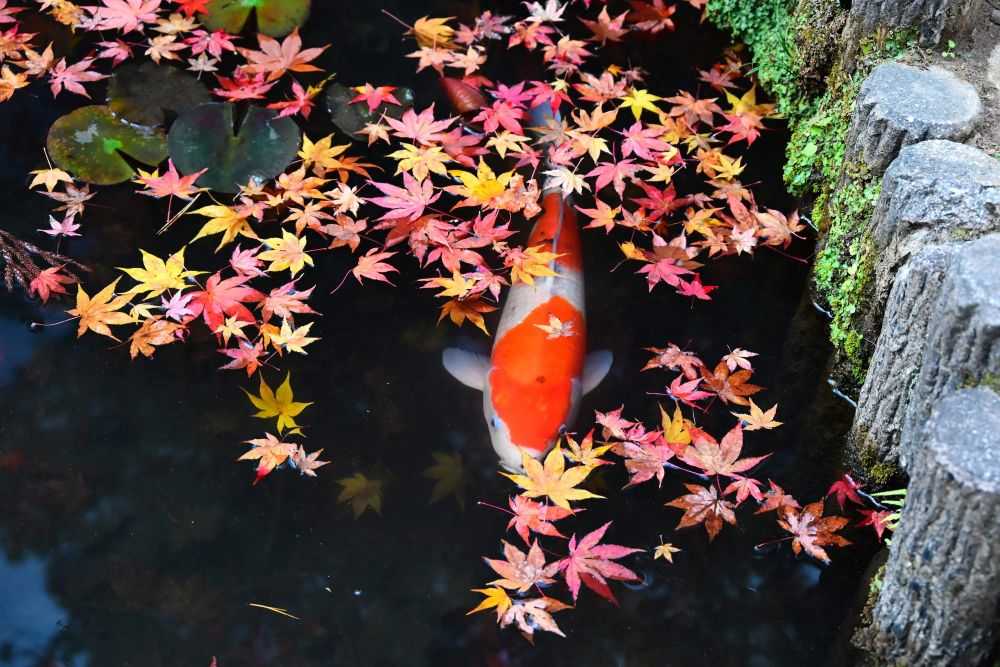
Nanzen-ji is also one of Kyoto’s most celebrated locations for cherry blossoms and fall foliage.
- Cherry blossoms: Around early April, approximately 50 cherry trees bloom throughout the temple grounds, especially around the Sanmon Gate. This gate is famously featured in the kabuki play Sanmon Gosan no Kiri, where the thief Ishikawa Goemon admires the scenery and exclaims, “What a magnificent view!”
- Autumn foliage & special early morning visits: From October to December, the temple holds exclusive early morning viewings. In 2024, special access is granted to the Seiryoden Hall and the Goho-ro Hall within the Sanmon Gate, where visitors can admire rarely seen fusuma-e (sliding door paintings), accompanied by explanations from resident monks.
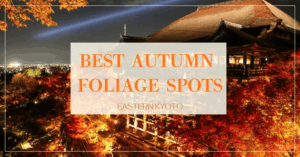
How to Access Nanzen-ji Temple
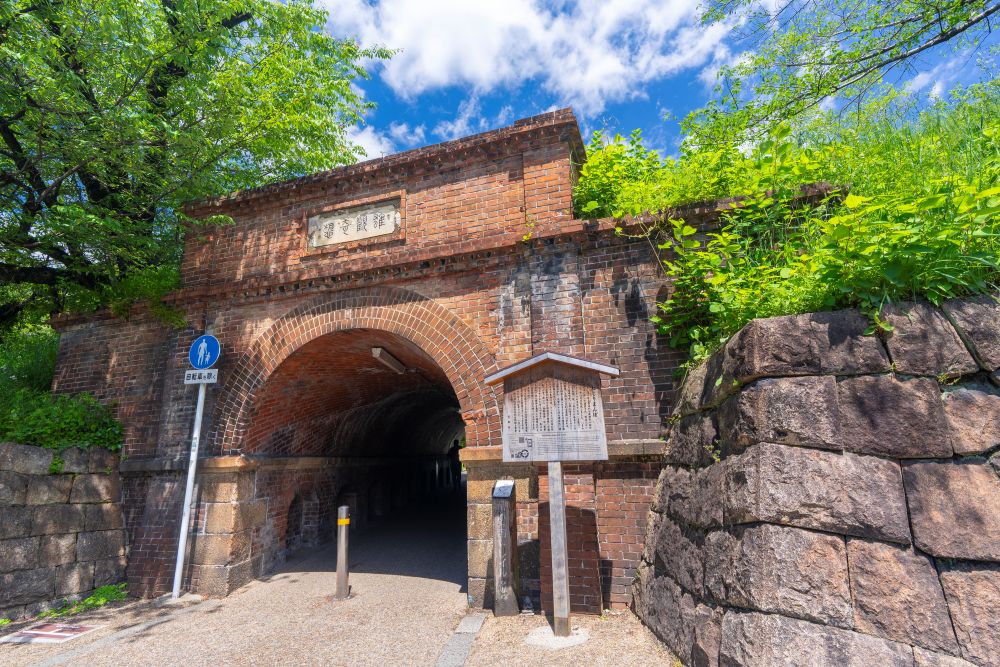
By train:
Take the Kyoto Subway Tozai Line to Keage Station, then walk about 10 minutes. For a scenic shortcut, pass through the “Nejiri Manpo” (Twisted Brick Tunnel).
By bus:
From Kyoto Station, take a city bus to Higashitenno-cho or Nanzenji/Eikando-michi, then walk about 10 minutes.
| Nanzen-ji Temple Address: Fukuchi-cho, Nanzenji, Sakyo-ku, Kyoto Phone: 075-771-0365 Hours: Dec 1 – Feb 28: 8:40–16:30 Mar 1 – Nov 30: 8:40–17:00 Website: https://www.nanzenji.or.jp/ |
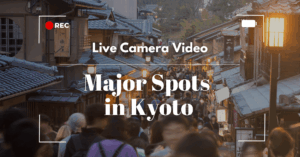
Nearby Attractions
